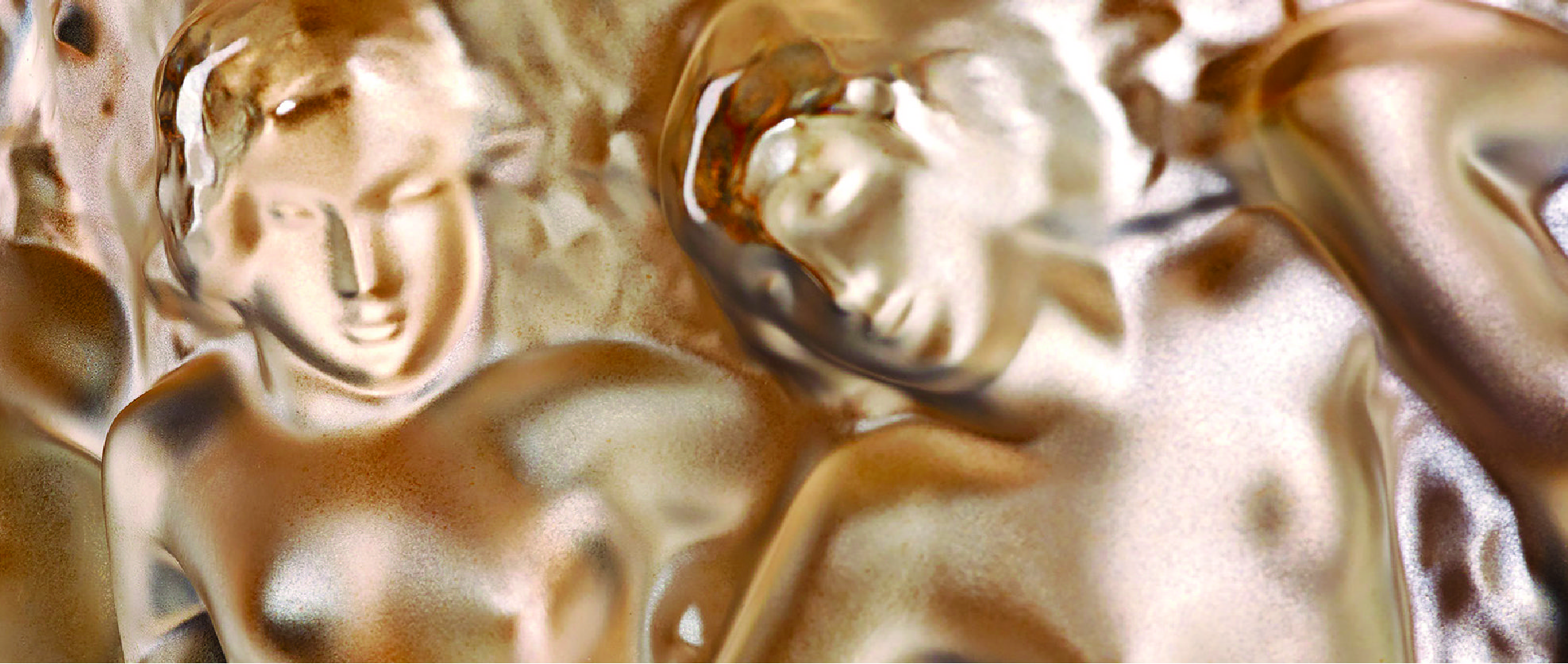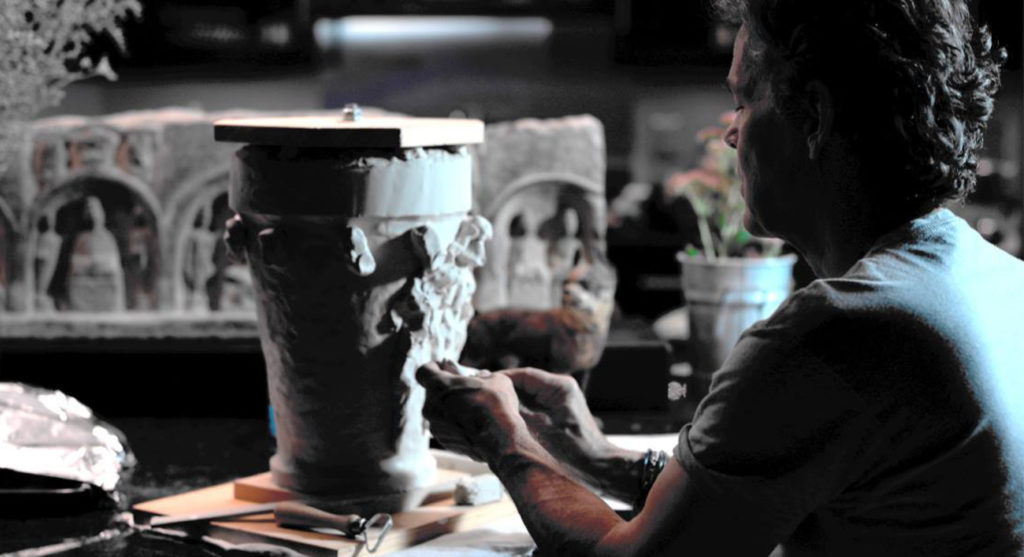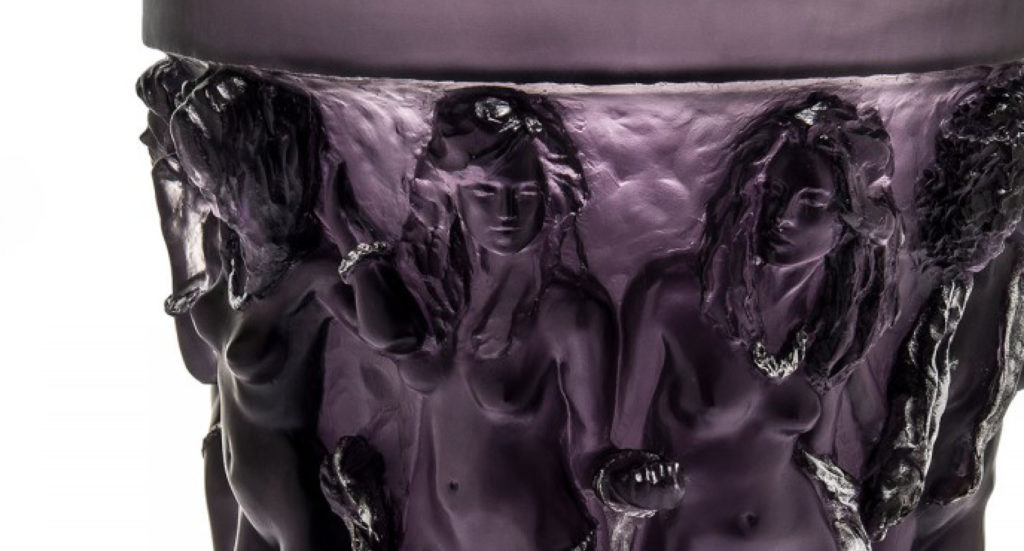Terry Rodgers Reimagines Lalique
“Beneath the cool chic, a narcotic aura emanates…” Art In America Magazine
BREAKING: An iconic symbol of the Art Deco era, the Bacchantes vase, gets a modern makeover by contemporary artist Terry Rodgers. The artist collaborated with artisans of Lalique’s famed Verrerie D’Alsace for over two years to produce this final masterpiece. At first glance, the object d’art looks very much like the classic vase known to auction houses the world over but step closer and you will see Terry Rodgers’ subtle imprint, defining his take on the modern world.
“The work of American figurative painter Terry Rodgers reveals the crushing ennui that haunts the space between the compulsion to exhibit and the paranoid insecurity that follows.” Adbusters Magazine
THE BACCHANTES VASE: Lalique has always looked to the beauty of a woman as a launching point for its designs. The voluptuous followers of Dionysus (the Greek God of wine) have been dancing around the Bacchantes vase since 1927. The first edition of this historic piece was crafted in opalescent glass- the diaphanous texture mimicking the sensual quality of skin. When Renee Lalique’s son, Marc, took over the business in 1945, the Bacchantes vase was reimagined for the first time and since has been cast in amber, black crystal, and smoked versions.
THE BEGINNING: Renee Claude Lalique began his rocket-fuelled career in jewellery design while working for the Parisian houses of Cartier and Boucheron, quickly amassing a handful of his own ateliers while turning his eye to glasswork in the 1920’s. This design polymath was also an interior designer- sketching the furnishings of a luxury train, trimming the salon of Madeleine Vionnet (infamous clothing designer) and casting his creative hand to the padded parlors of luxury ocean liner, The Normandie. Born in 1860, Lalique was truly one of modern design’s first leaders.
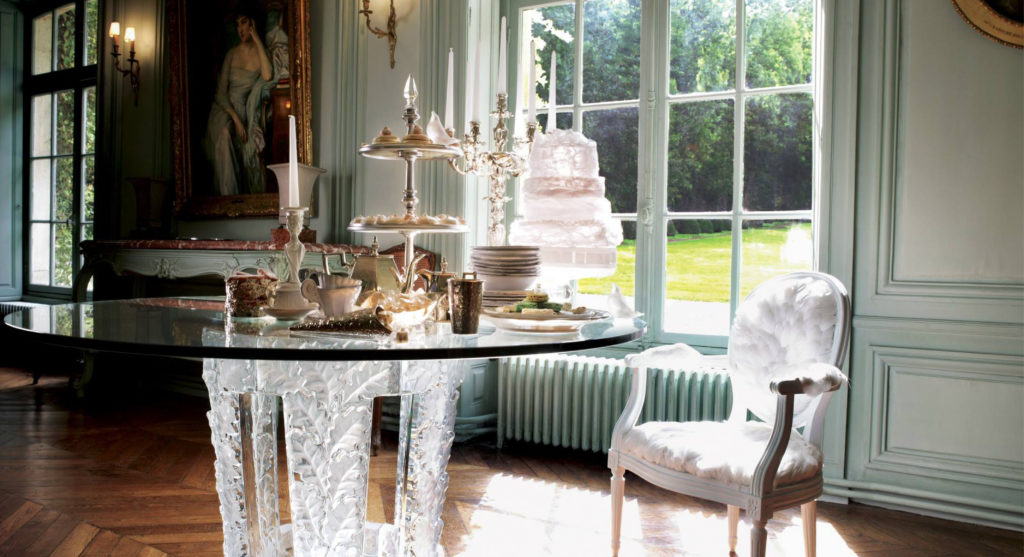
VERRIE D’ALSACE: Lalique’s glass making atelier opened in 1921 in the Alsace region of France (in Wingen-sur-Moder) and is still the only atelier for the crystal making division of Lalique today. A tad larger now, the building houses over 250 people. It was from this very workshop that Renee Lalique developed his prize-winning pieces, coveted by international auctioneers and collectors- including the original Bacchantes vase.Two Thirds of the work that goes into each piece of Lalique crystal is done after the blowing (and molding) of the object and it takes a craftsman seven to ten years to achieve the skill to be called a Lalique artisan.

ART DECO: Lalique’s style was born in the Art Nouveau period yet his tastes evolved and helped to establish a new movement in design. Art Deco debuted at the 1925 International Exposition of Modern Industrial and Decorative Arts in Paris. The displays included glass pieces from Lalique as well as metal work from Jean Puiforcat and illustrations by Erté (amongst others). This new movement prized modernity, geometric shapes and leaned towards the stylized image as opposed to the purely representational. Lalique’s passion for the automobile inspired a range of hood ornaments- to be used on special occasions. These objects (called mascots) made of pressed glass were some of the most advanced in design and remain highly collectible.
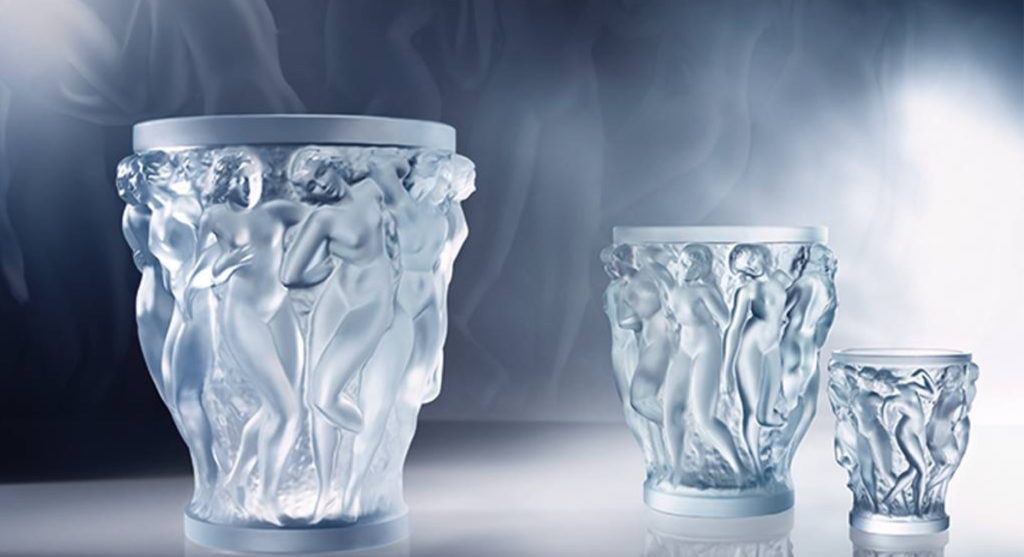
Lalique is a Living Heritage Company (Entreprise du Patrimoine Vivant), an honour bestowed by the French government in recognition of the excellence of traditional workmanship. Here’s a video to give you an insider look into the art form:


